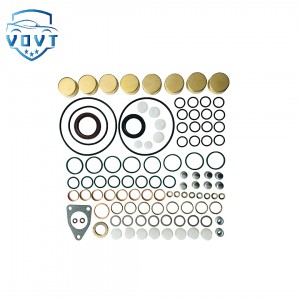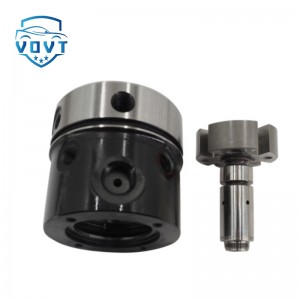High Quality VE pump Diesel Fuel Injection Pump Head Rotor 1468333323 1 468 333 323
products description
| Reference. Codes | 1 468 333 323 |
| Application | / |
| MOQ | 2PCS |
| Certification | ISO9001 |
| Place of Origin | China |
| Packaging | Neutral packing |
| Quality Control | 100% tested before shipment |
| Lead time | 7~15 working days |
| Payment | T/T, L/C, Paypal, Western Union or as your requirement |
Several methods for diagnosing diesel pump head rotor failure
1. Observe the appearance: Check whether the diesel pump head rotor has obvious signs of damage, oil leakage, deformation or corrosion.
For example, if cracks or severe rust are found on the surface of the pump head rotor, it may indicate that it has structural problems.
2. Check the pressure: Use a professional fuel pressure test tool to measure the output pressure of the diesel pump head rotor.
If the pressure is lower than the normal range, it may mean that the plunger, oil outlet valve and other parts inside the pump head rotor are worn or damaged. For example, the normal pressure should be a certain value, but the actual measured value is significantly lower.
3. Listen to the sound: When the engine is running, listen carefully to whether there is any abnormal noise in the diesel pump head rotor area, such as knocking, friction, etc.
Abnormal sounds may indicate that the internal parts of the pump head rotor are poorly matched or loose. For example, if you hear a sharp friction sound, it may be that the parts inside the pump head rotor are severely worn.
4. Observe the working condition of the engine: Pay attention to whether the engine is difficult to start, lacks power, is unstable at idle, emits black smoke, etc.
These symptoms may be related to the failure of the diesel pump head rotor. For example, if the engine fails to start successfully many times, it may be that the pump head rotor is not supplying fuel normally.
5. Check the fuel flow: Measure the fuel flow of the diesel pump head rotor and compare it with the standard value.
Low flow may indicate a blockage or internal leakage in the pump head rotor.























